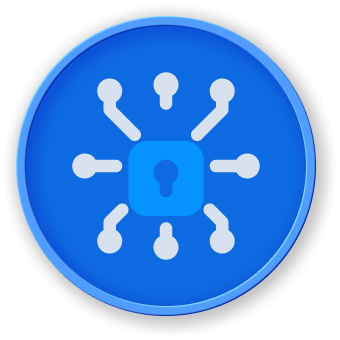Practical Implementation
Comprehensive Cron Job Access Control Strategy
Step-by-Step Implementation Guide
1. Initial System Preparation
## Update system packages
sudo apt update
sudo apt upgrade -y
## Install necessary tools
sudo apt install -y auditd cronie
2. User and Group Management
## Create dedicated cron user group
sudo groupadd cron-users
## Add specific users to cron-users group
sudo usermod -a -G cron-users labex-admin
Access Control Configuration
Crontab Restriction Mechanism
graph TD
A[User Authentication] --> B{User in Allowed Group?}
B -->|Yes| C[Check Cron Permissions]
B -->|No| D[Access Denied]
C --> E[Validate Script Permissions]
E --> F{Script Executable?}
F -->|Yes| G[Execute Cron Job]
F -->|No| H[Reject Execution]
Implementing Fine-Grained Controls
| Control Level |
Method |
Configuration |
| User Level |
/etc/cron.allow |
Explicit user whitelist |
| Group Level |
PAM Configuration |
Group-based access |
| Script Level |
Permissions |
700/750 mode restrictions |
Detailed Configuration Example
## Configure /etc/cron.allow
sudo bash -c 'echo "labex-admin" > /etc/cron.allow'
## PAM configuration for cron
sudo nano /etc/security/access.conf
## Add:
## + : cron-users : ALL
## - : ALL : cron
Advanced Security Implementations
Script Validation Mechanism
#!/bin/bash
## Secure Cron Script Validator
SCRIPT_PATH=$1
ALLOWED_USER="labex-admin"
## Check script ownership
if [[ $(stat -c '%U' "$SCRIPT_PATH") != "$ALLOWED_USER" ]]; then
echo "Unauthorized script ownership"
exit 1
fi
## Check script permissions
if [[ $(stat -c '%a' "$SCRIPT_PATH") != "700" ]]; then
echo "Insecure script permissions"
exit 1
fi
## Additional validation logic
Logging and Monitoring
## Configure comprehensive logging
sudo sed -i 's/.*log_group.*/log_group = cron-users/' /etc/audit/auditd.conf
## Create audit rules for cron
echo "-w /etc/crontab -p wa -k cron_configuration" | sudo tee -a /etc/audit/audit.rules
sudo service auditd restart
Monitoring and Auditing
Cron Job Execution Tracking
## View recent cron job executions
sudo grep CRON /var/log/syslog
## Real-time monitoring
tail -f /var/log/syslog | grep CRON
Security Best Practices Checklist
- Minimize privileged access
- Use dedicated user groups
- Implement strict file permissions
- Enable comprehensive logging
- Regularly audit cron configurations
graph LR
A[Define Access Policy] --> B[Implement Controls]
B --> C[Configure Logging]
C --> D[Regular Auditing]
D --> E[Continuous Improvement]
LabEx Security Recommendations
- Leverage LabEx security templates
- Utilize automated configuration scripts
- Conduct periodic security assessments
Conclusion
By implementing these comprehensive access control methods, administrators can significantly enhance the security of cron job executions while maintaining system flexibility and operational efficiency.




